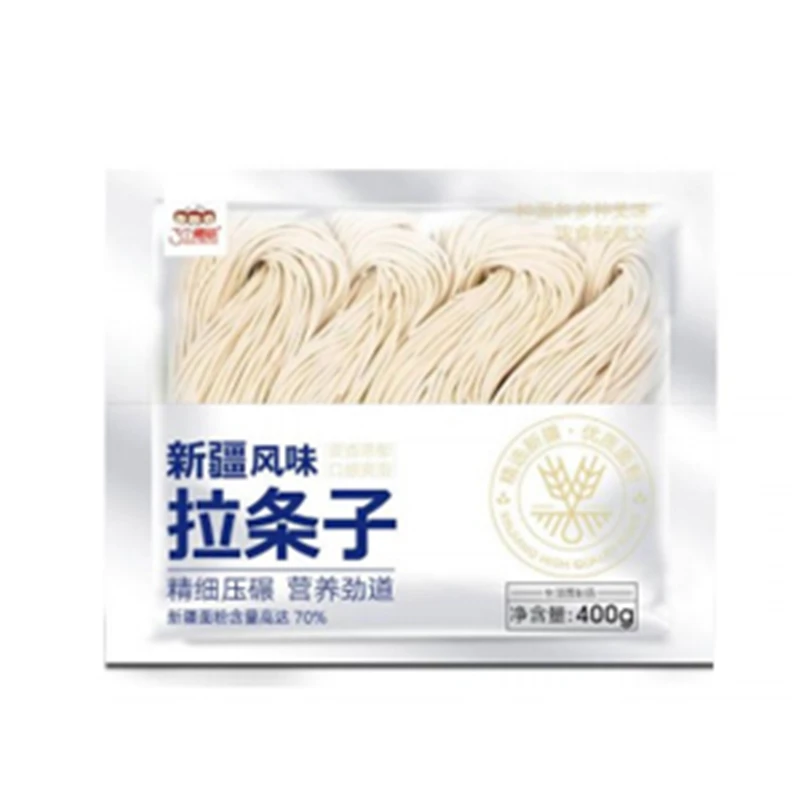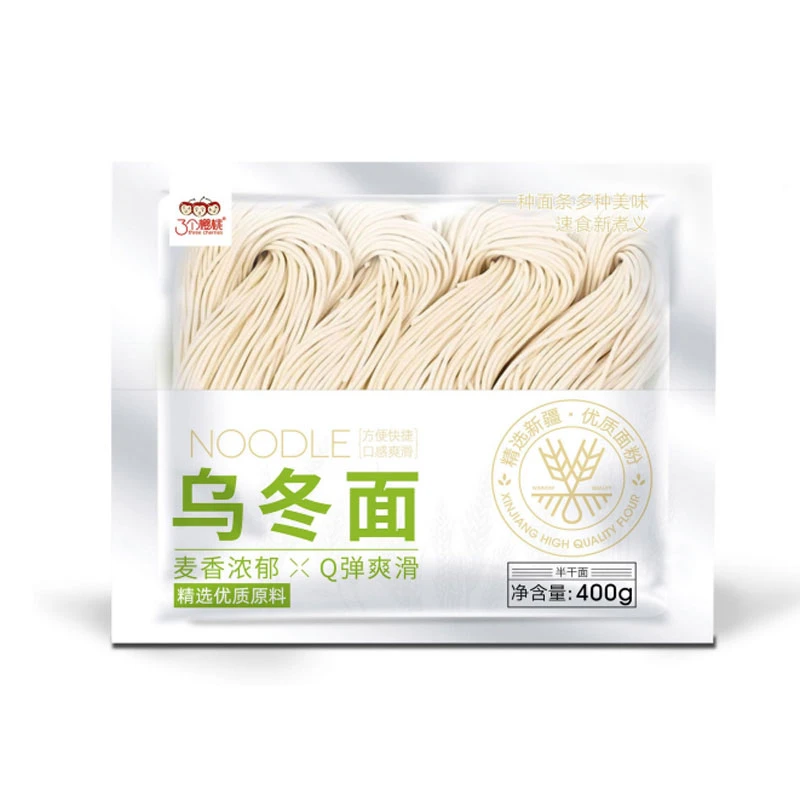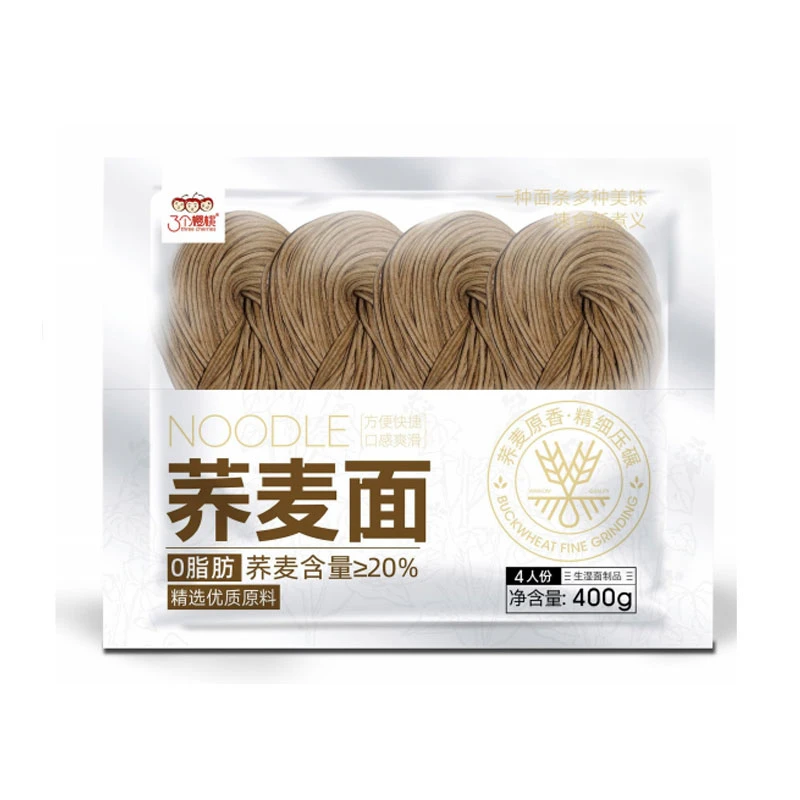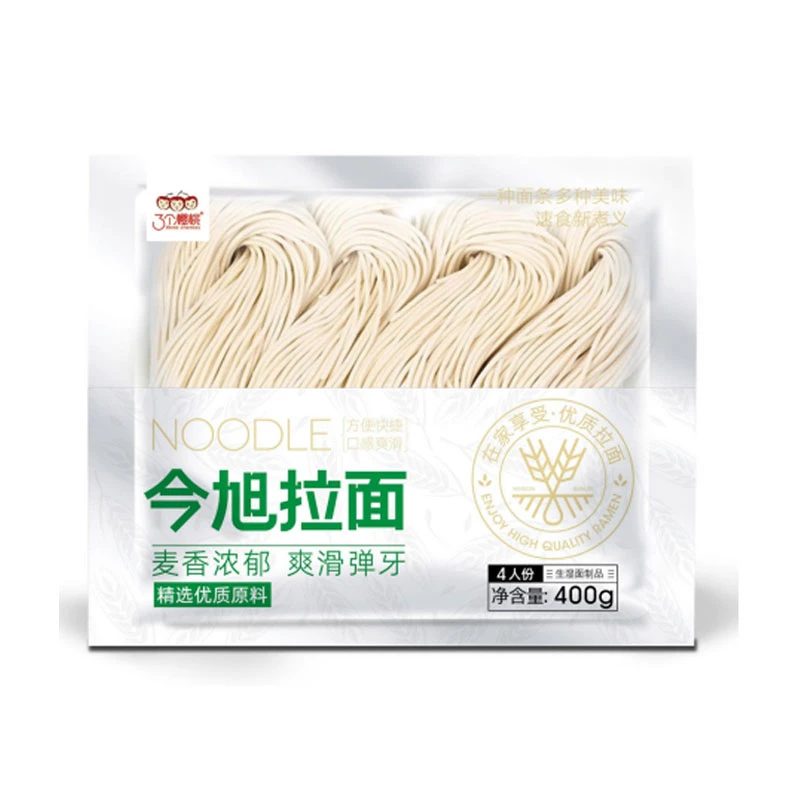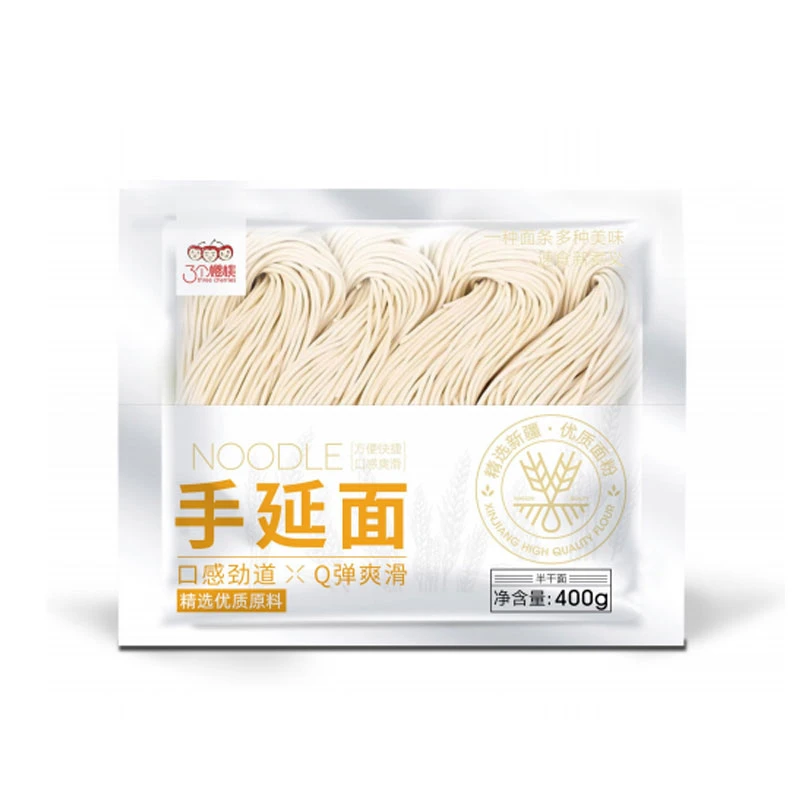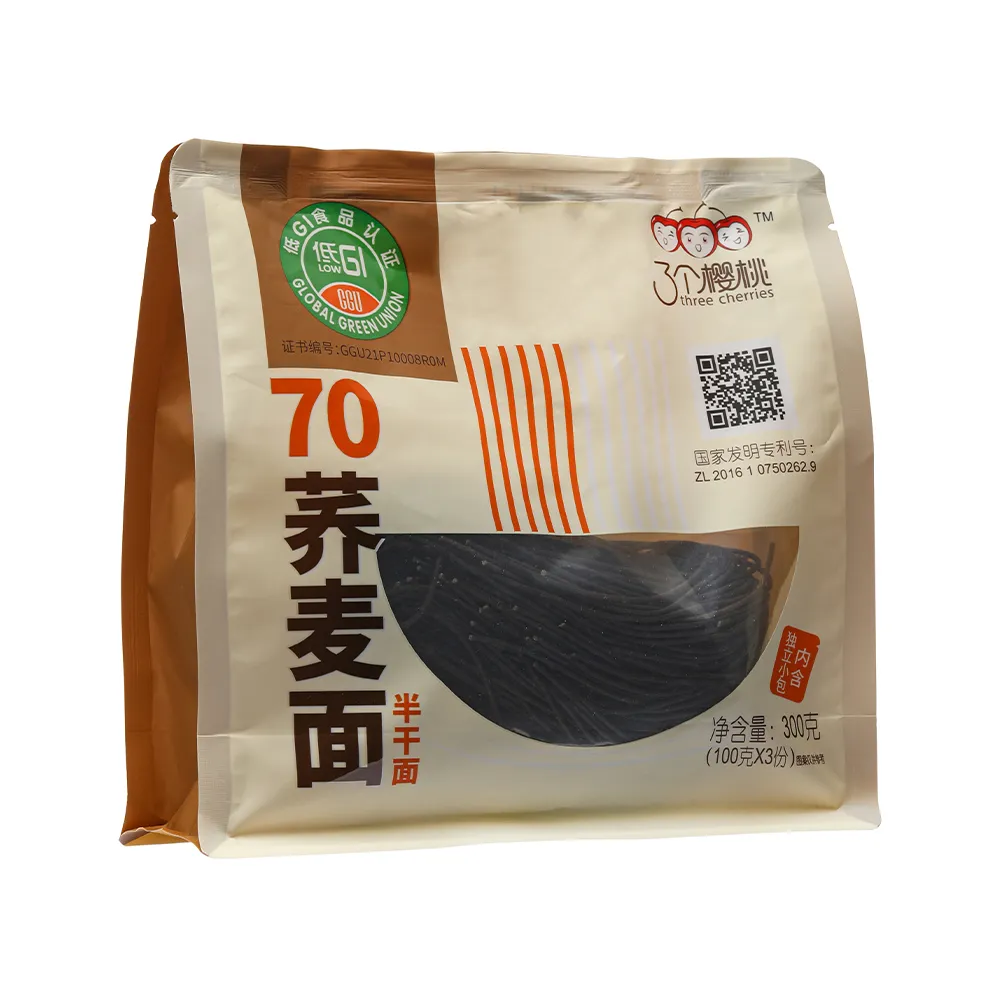Artisanal Asian Noodles Crafted by Hand with Traditional Techniques and Fresh Ingredients
The Art of Asian Handmade Noodles
In the vast tapestry of Asian cuisine, few elements are as beloved and versatile as handmade noodles. From the bustling street stalls of Bangkok to the elegant restaurants of Tokyo, the tradition of crafting these culinary delights has become a symbol of cultural heritage and community. Handmade noodles are not just a meal; they embody a story passed down through generations, each strand carrying with it the love, craftsmanship, and dedication of skilled artisans.
The Science and Art of Noodle Making
The process of making handmade noodles is an art form that requires both skill and patience. At its core, the basic ingredients are simple flour, water, and sometimes eggs or salt. Yet, the magic lies in the technique. Different regions boast varied methods and ingredients that infuse their noodles with unique characteristics. For instance, Chinese egg noodles are rich and slightly chewy due to the inclusion of eggs, whereas Japanese udon noodles are thick and soft, often served in a warm broth.
The dough must be kneaded to the right texture, which is crucial for achieving the desired consistency. Once the dough is ready, it is often rested to relax the gluten, making it more manageable for rolling out. The next phase involves rolling the dough into thin sheets that will later be cut into noodles. This step is where tradition and personal touch shine—some chefs use machines for consistency, while others prefer to rely on their hands, believing that the human touch adds an irreplaceable quality to the noodles.
Regional Variations and Flavors
The beauty of handmade noodles is that they can adapt to various cuisines and palates. In China, you'll find a staggering array of noodle types, ranging from the long, silky strands of Lanzhou beef noodles to the delicate, transparent rice noodles used in dishes like pho. Each region has its specialties, deeply rooted in local culture and customs. For instance, in Sichuan province, spicy noodles are often served with a mouth-numbing chili oil, while coastal areas feature seafood-infused noodle soups.
In contrast, Japanese cuisine offers its unique take on handmade noodles through ramen and soba. Ramen, known for its broth and toppings, includes various types of noodles, each paired with specific ingredients to enhance flavor and texture. Soba, made from buckwheat, carries a nutty flavor and can be enjoyed hot or cold, making it a versatile option for different seasons.
asian handmade noodles
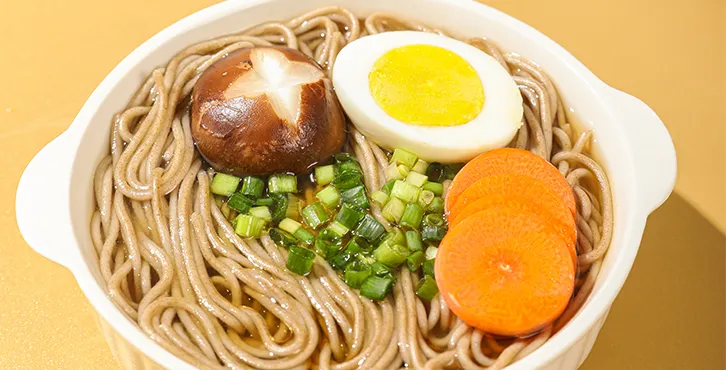
Health Benefits and Sustainability
Beyond their delightful taste, handmade noodles often offer health benefits. Freshly made noodles typically have fewer preservatives and artificial ingredients compared to their factory-produced counterparts. Using whole grain flours or incorporating vegetables into the dough can further enhance the nutritional profile.
In today's era of increasing awareness about sustainability, the trend of crafting noodles by hand has also aligned with a more environmentally conscious approach. Many small-scale producers prioritize local ingredients, reducing transportation footprints and supporting regional agriculture. This return to craftsmanship not only pays homage to tradition but also champions sustainability.
The Experience of Dining on Handmade Noodles
What sticks with us long after the meal is the experience of enjoying handmade noodles. There’s something intimate about sharing a bowl of warm noodles with friends and family. It often fosters a sense of togetherness, as people gather around the table to savor the flavors and stories behind the meal. The slurping of noodles, a common practice in many Asian cultures, signifies appreciation and adds to the joyous atmosphere.
Restaurants dedicated to handmade noodles often encourage diners to witness the preparation process. Watching skilled chefs pull and stretch the dough or cut precise ribbons showcases the dedication and passion that goes into each bowl. Moreover, it creates a connection between the diner and the dish, enhancing the overall enjoyment of the meal.
Conclusion
Handmade noodles are more than just a staple food; they are a vessel for tradition, culture, and community. Whether enjoyed in a modest street food stall or an upscale restaurant, the experience of eating handmade noodles is unique and unforgettable. As we continue to embrace global culinary practices, it becomes essential to cherish and preserve the art of handmade noodles—a testament to the time-honored traditions that feed not just the body, but also the soul.
-
Is Whole Wheat Pasta Healthy?NewsMay.30,2025
-
Are Soba Noodles Good for Weight Loss?NewsMay.30,2025
-
Are Buckwheat Soba Noodles Healthy?NewsMay.30,2025
-
Are Buckwheat Soba Noodles Gluten Free?NewsMay.30,2025
-
Are Buckwheat Noodles Good for You?NewsMay.30,2025
-
A Healthy Way to Savor Soba and Spicy FlavorsNewsMay.30,2025
-
What Are Lanzhou Noodles?NewsMay.30,2025
Browse qua the following product new the we












































































































